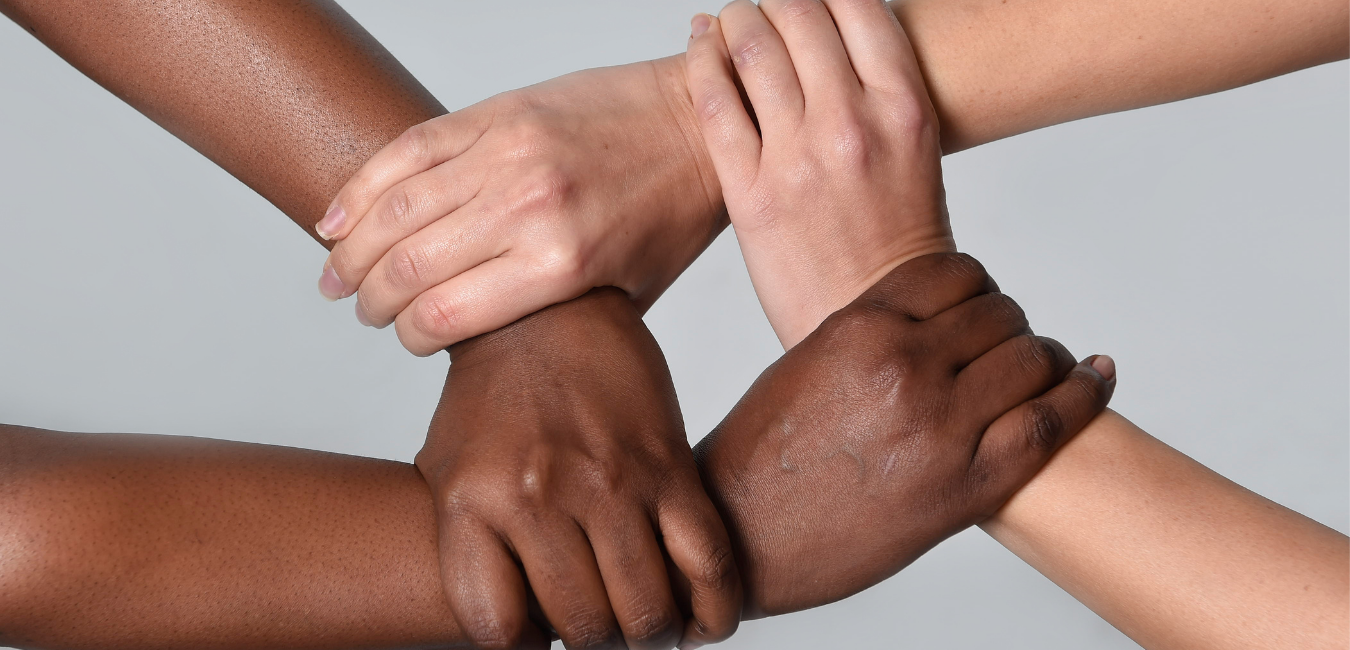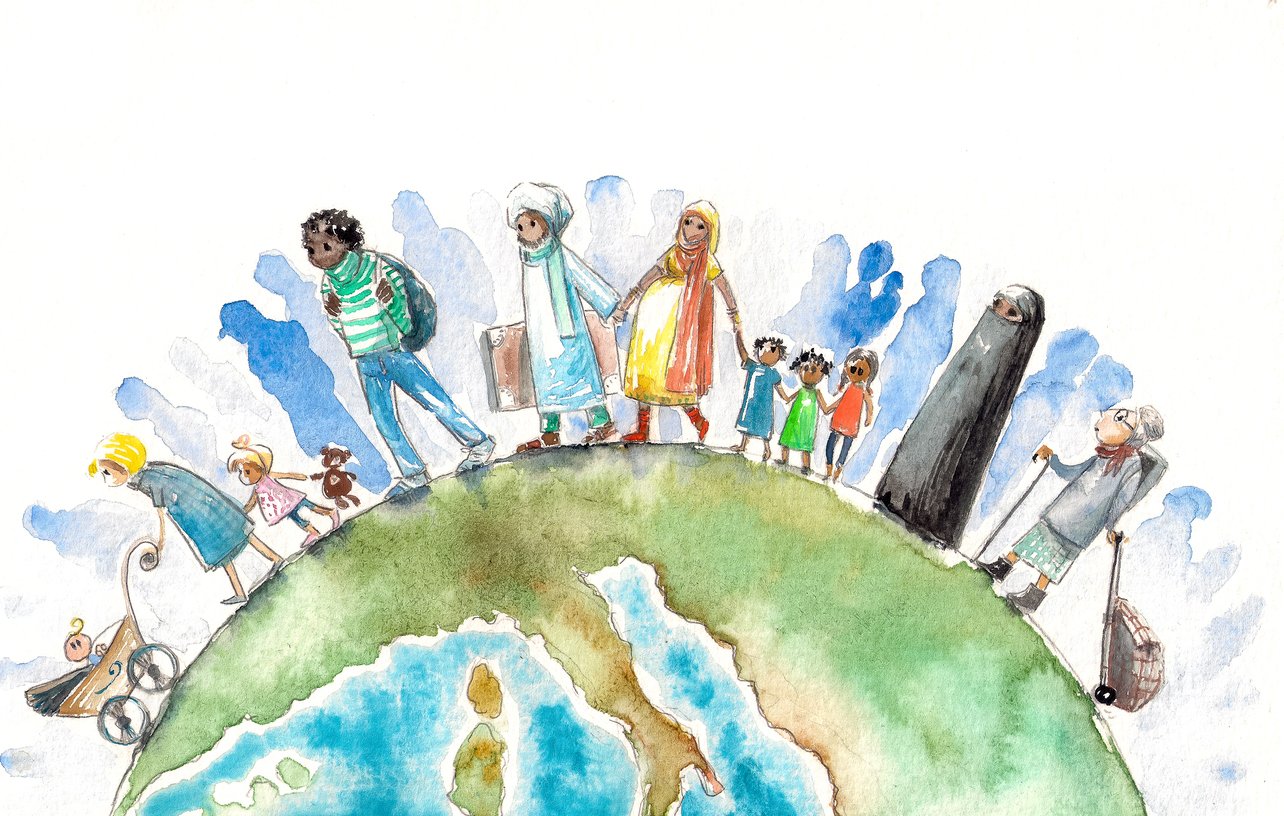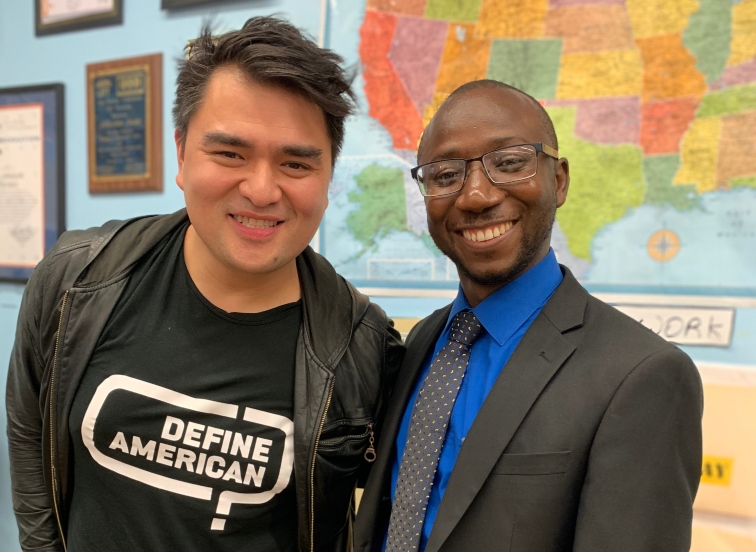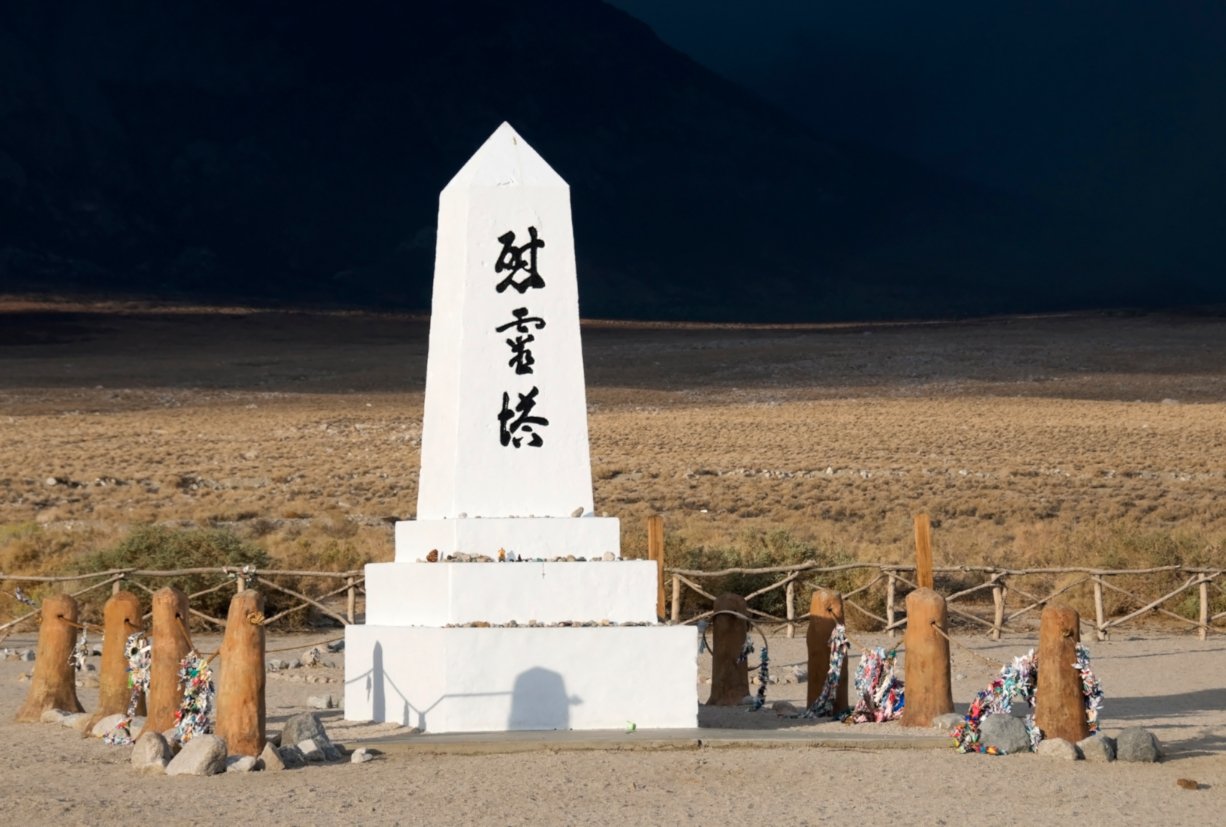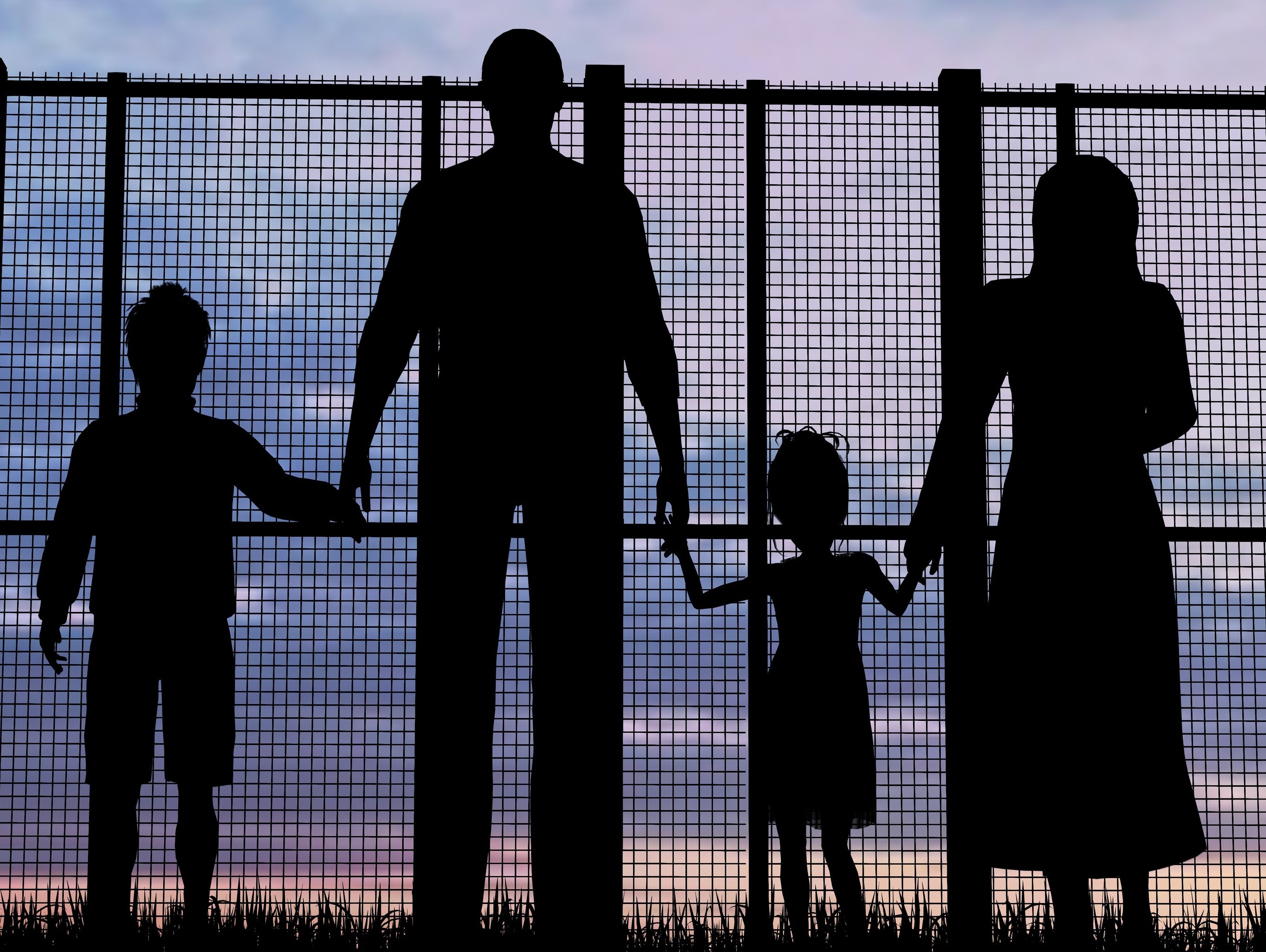In late July, Facing History was proud to present Identity, Membership, and Belonging: A Summit on Teaching Immigration. The three-day virtual summit welcomed hundreds of educators from around the United States and featured presentations from historian and #ImmigrationSyllabus creator Dr. Erika Lee as well as Pulitzer Prize-winning journalist Jose Antonio Vargas.
Recap: Digging Deeper at Facing History's Immigration Summit
Posted by Facing History and Ourselves on August 13, 2021
Topics: Immigration
During the final week of July, Facing History will host Identity, Membership and Belonging: A Summit on Teaching Immigration featuring historian Dr. Erika Lee and Pulitzer Prize-winning journalist Jose Antonio Vargas. Though registration for the summit is now full, we invite you to join us for two upcoming webinars on July 28th and 29th with Dr. Erika Lee and Jose Antonio Vargas, respectively.
Whether you are able to join us or not, all educators are welcome to take advantage of our growing library of curricular resources that help students understand key historical migrations, the impact of the policies surrounding them, contemporary migration issues shaping our world, and the ways that migration shapes individual and national identity.
Topics: Immigration
Reckoning With Our Past: The Legacy of Migration and Belonging in US History
Posted by Charles Thomas Lai FitzGibbon on October 3, 2020
Fifty-five years ago this October 3rd, at the base of the Statue of Liberty, President Lyndon Johnson signed the Immigration and Nationality Act of 1965. “This bill is not a revolutionary bill,” explained Johnson. “It does not affect the lives of millions. It will not reshape the structure of our daily lives.” What it would do, he hoped, was eliminate the hypocrisy that had allowed the nation to embrace ideals of freedom and equality while sustaining discriminatory immigration policies that had effectively barred non-white migrants from entering the country for decades.
Topics: Immigration
As people living on American soil await a decision from the U.S. Supreme Court on the fate of DACA—the immigration policy that has permitted some 700,000 undocumented youth to remain in the U.S. after being brought here as children—one figurehead of the undocumented movement is urging young immigrants to be fearless in building their lives here, with or without the right papers. Pulitzer Prize-winning journalist Jose Antonio Vargas presents a challenging call to action, yet he speaks from experience. Since putting his life and livelihood on the line by announcing his undocumented status in a pathbreaking 2011 essay, Vargas has inspired undocumented immigrants around the U.S. to find their voices, and helped U.S. citizens broaden their thinking about immigration and belonging.
Topics: New York, Immigration, Upstander
Summer is a time for relaxation. However, many of us also seek books and stories that will immerse us in the experiences of others, or will help us stay engaged in making a better world. Here are six picks that will teach, challenge, and inspire us.
Topics: Democracy, Immigration, Race and Membership, Holocaust Education, LGBTQ, Reading List
Aliens in Their Own Land: The Incarceration of Japanese Americans
Posted by Brian Fong on May 28, 2019
Travel 230 miles north of Los Angeles to Owens Valley at the foot of the Sierra Nevada Mountain range and you will find a white concrete obelisk with black Japanese writing rising out of the desert. Only a few simple gravestones stand in the background a few feet away. Today, the obelisk is one of the few remaining structures from the Manzanar War Relocation Center—an American concentration camp where Japanese Americans were held during World War II.
Topics: Democracy, Immigration, Japanese American Incarceration
In our present political climate, discussion of immigration is both essential and inevitable. But how can we confront these polarizing issues in the classroom in ways that deepen empathy, deliver vital historical context, and promote critical thinking? Check out these three rich resources designed for educators who are interested in addressing immigration in the classroom:
Topics: Democracy, Immigration
At the end of a heart-wrenching week, I want to share my perspective on the ongoing humanitarian crisis unfolding on the southern border of the United States.
As you know, Facing History and Ourselves has devoted our attention and concern to similar debates over immigration, the border, and DACA over the last several years. Yet this latest news compels me to reaffirm one of the most profoundly held values of our organization:
We oppose the dehumanization of any group of people, in any form.
Topics: Immigration
The March 6 deadline for DACA has come and gone with President Trump announcing earlier this month, "DACA is dead." This has left thousands of Dreamers, as they are called, in limbo and uncertain of their status in the United States. Read how one Facing History teacher is seeing the effects of this uncertainty in his San Francisco Bay Area school.
Topics: Immigration
Tasting History: How to Teach Immigration to a Class of Immigrants
Posted by Jessica Lander on November 27, 2017
In my US history classes this fall, we’ve been exploring the journeys of immigrants who came to these shores early in the 20th century. We have listened to accounts from Ellis Island and examined Emma Lazarus’ inscription on the Statue of Liberty.
Topics: Immigration

